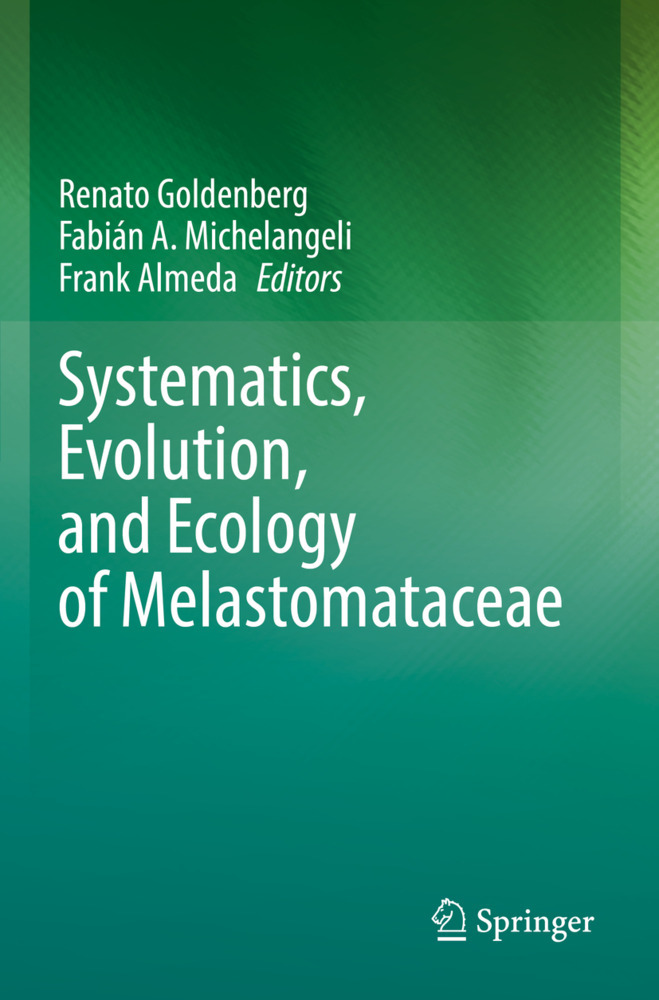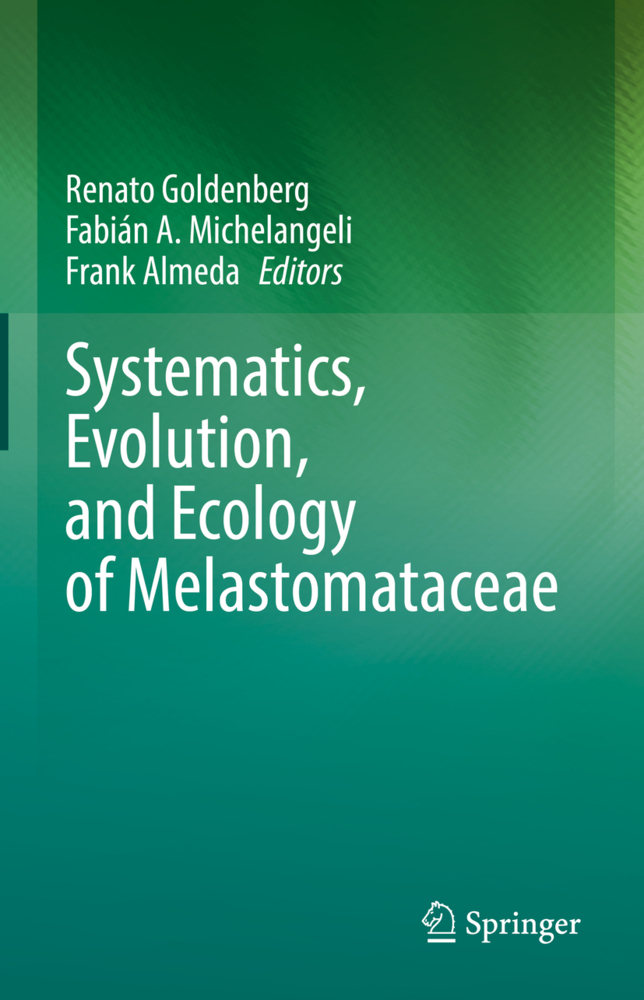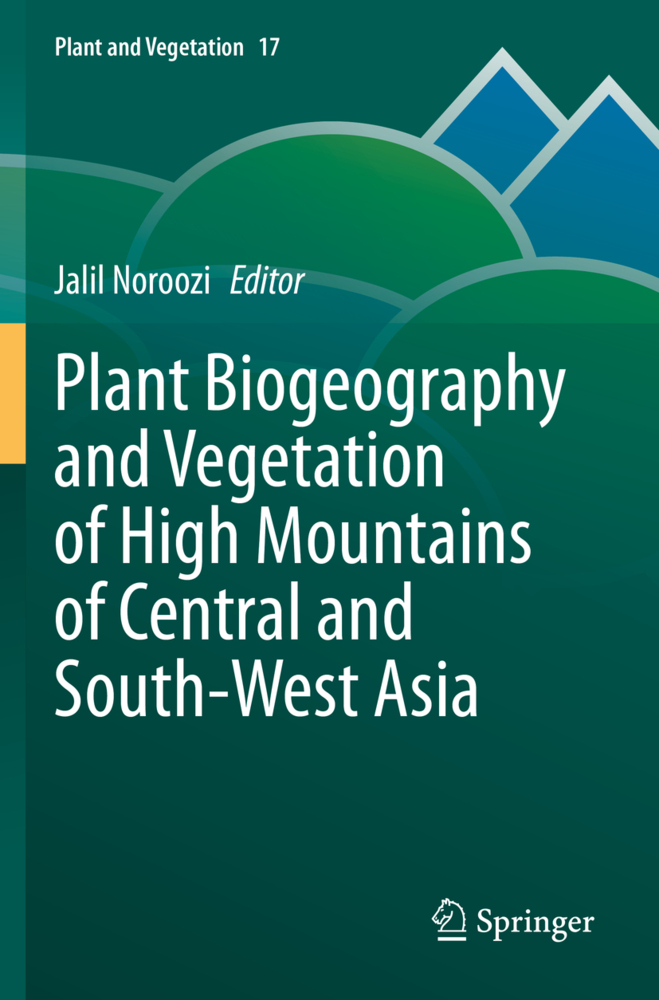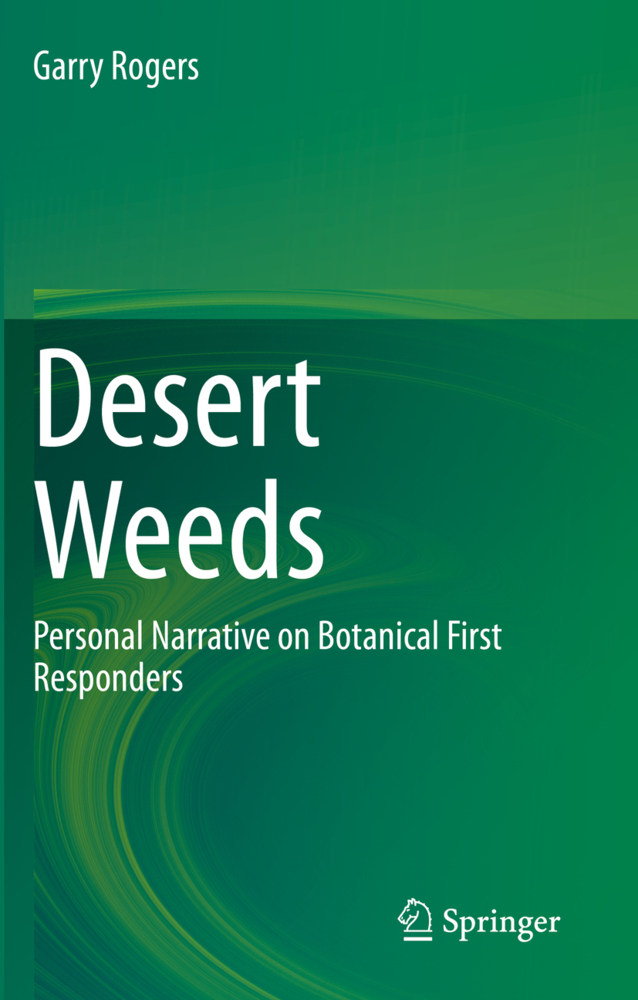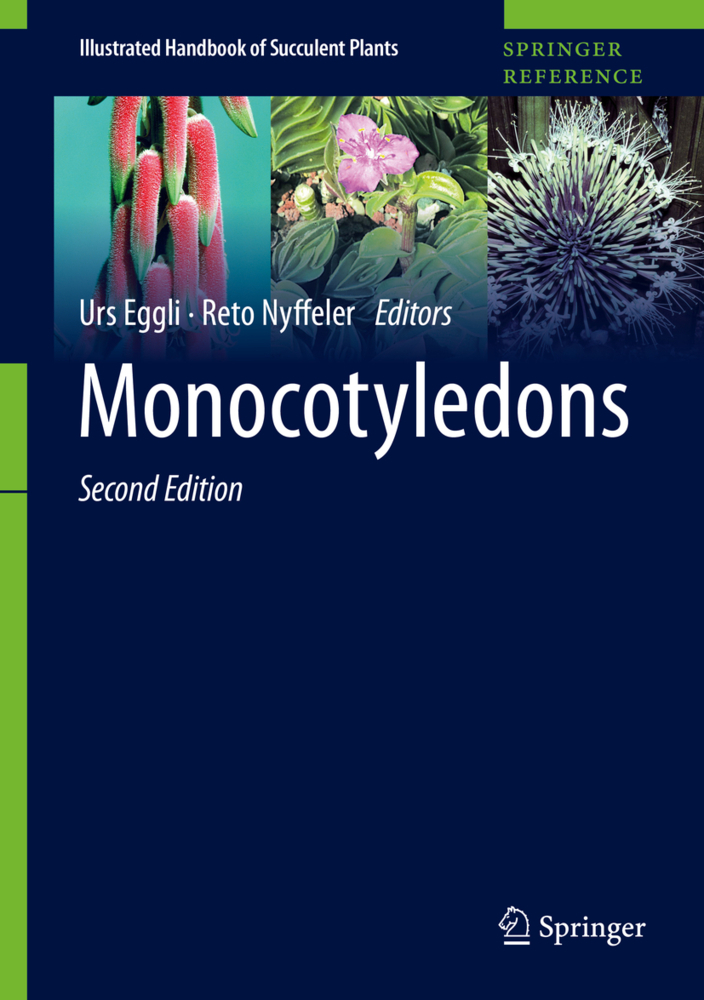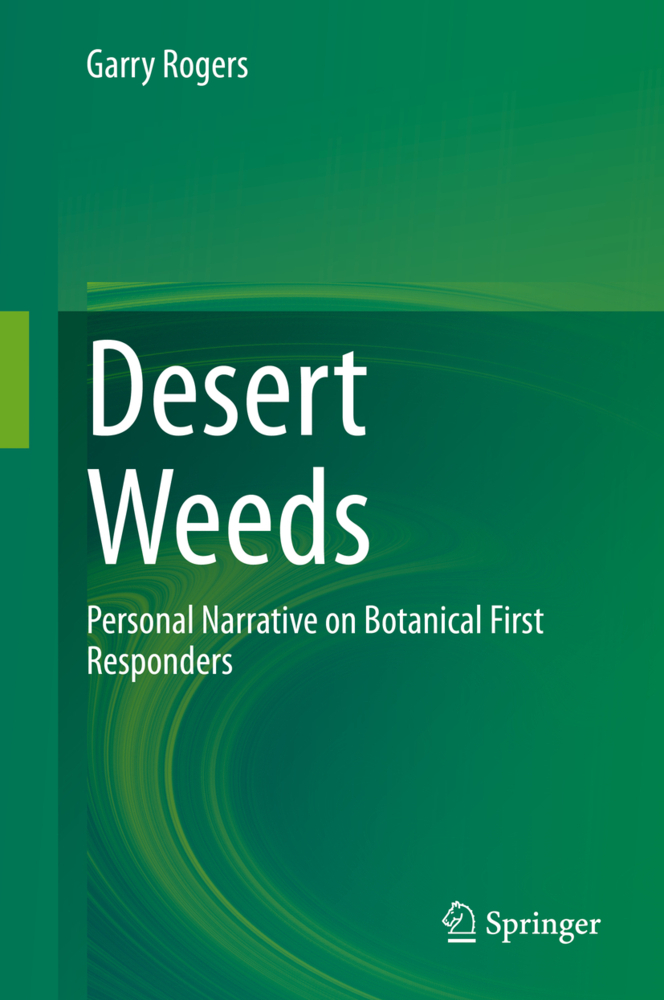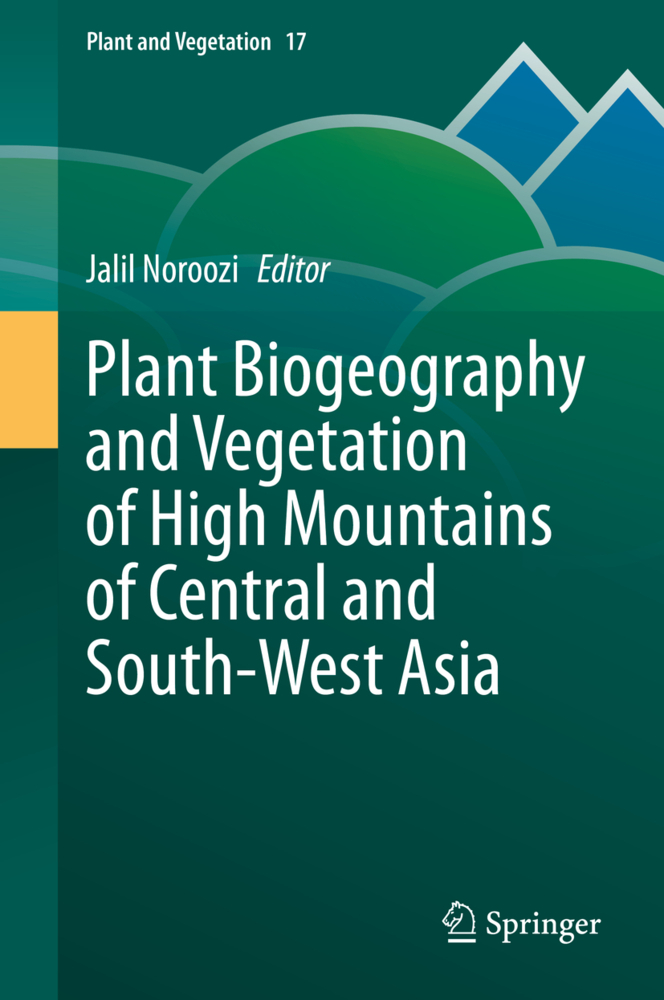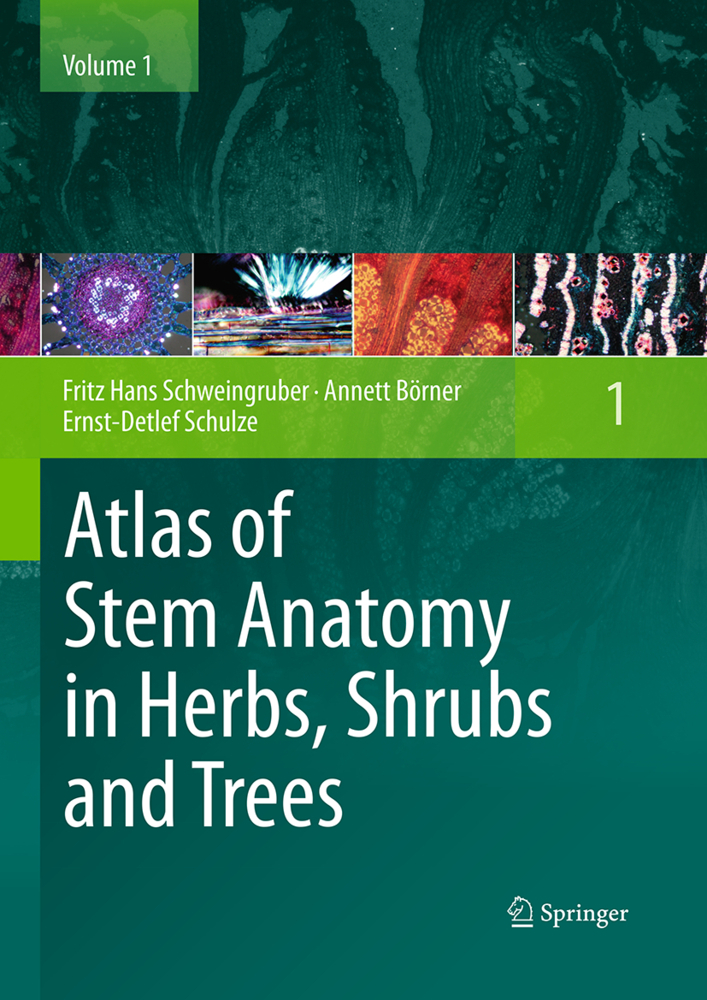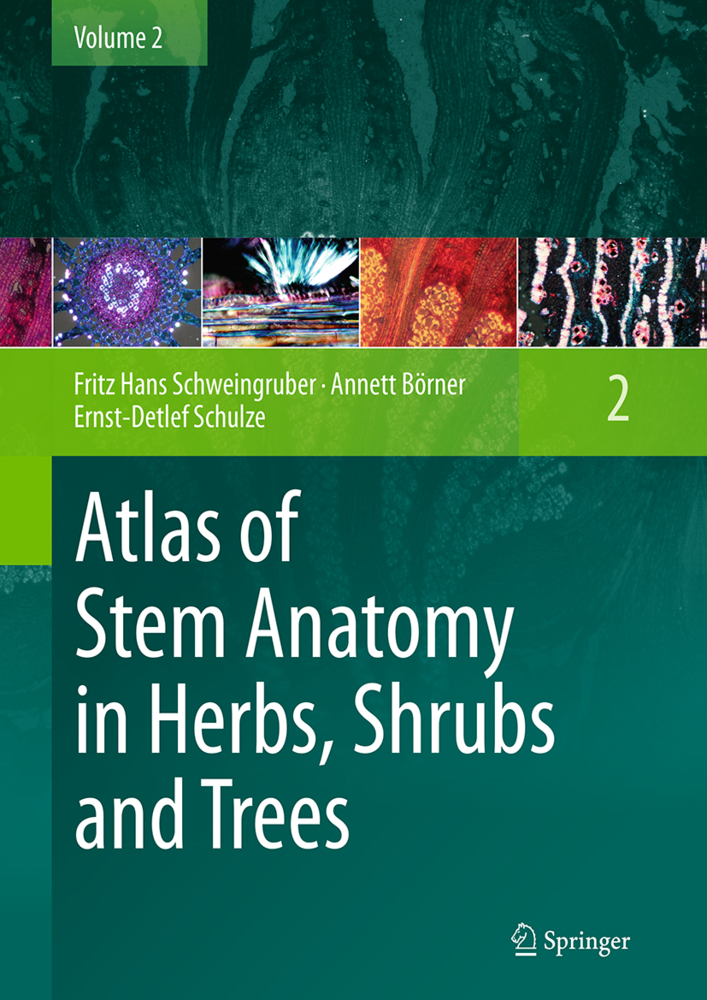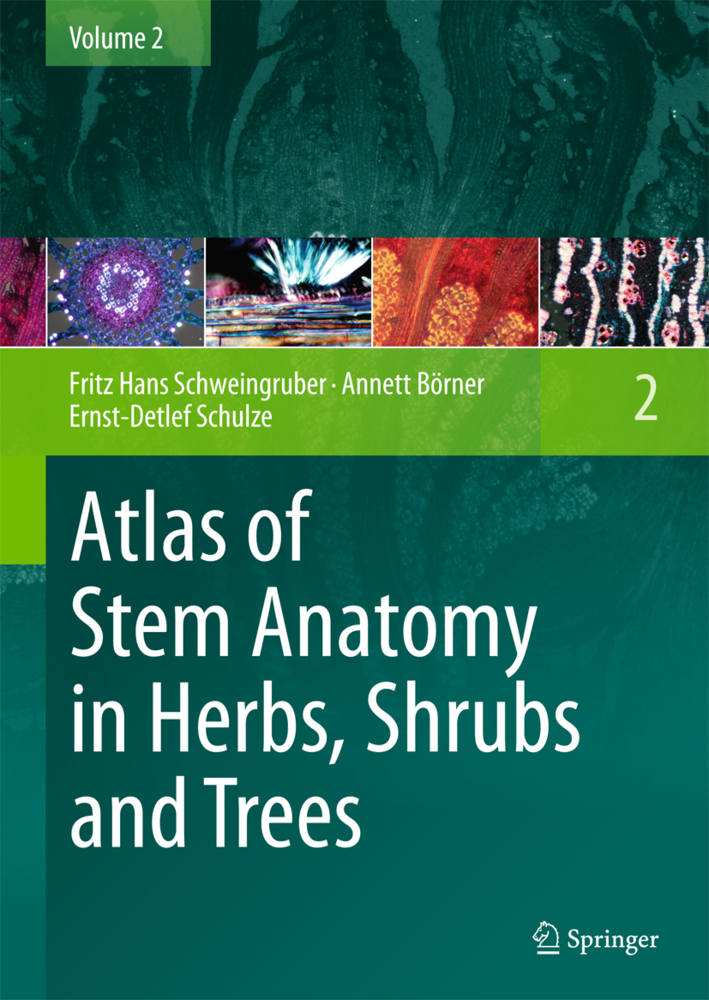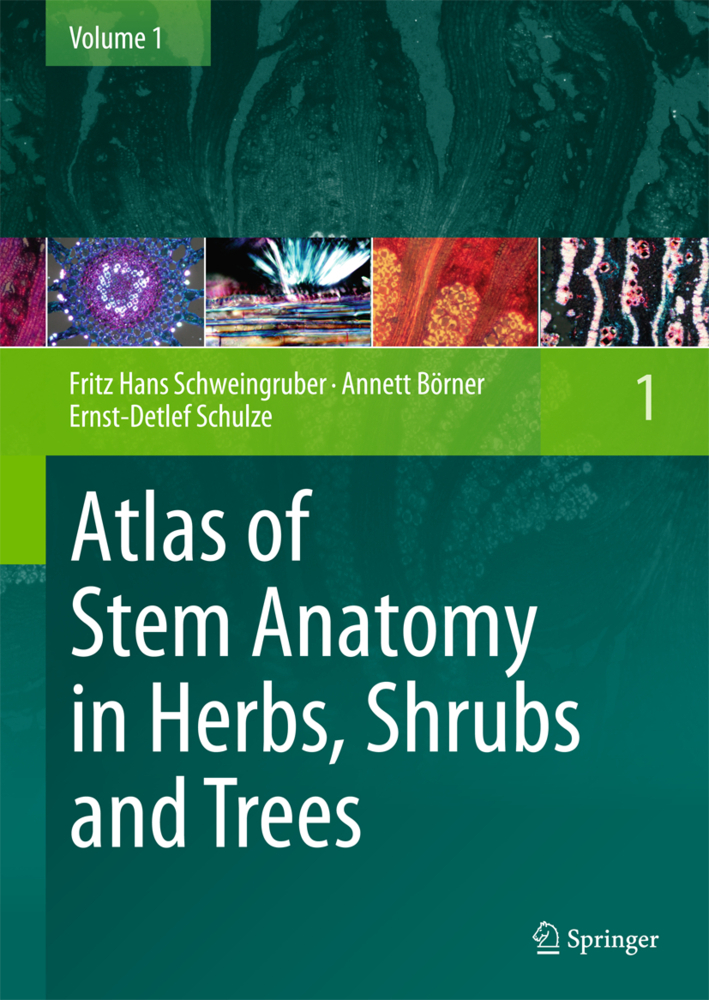Systematics, Evolution, and Ecology of Melastomataceae
Systematics, Evolution, and Ecology of Melastomataceae
This book presents a synthesis of critical new information for the Melastomataceae, one of the ten richest families among flowering plants with over 5,800 species that has its diversity highly concentrated in tropical or subtropical areas. It describes the family's global diversity and distribution and summarizes recent advances in systematics, evolution, biogeography, reproductive biology and ecology.
1. Melastomataceae diversity and distribution
2. History of Classification of the Melastomataceae3. General morphology and terminology
4. Historical biogeography of Melastomataceae
5. An overview of Melastomataceae classification and phylogenetics
6. Revisiting character evolution in the Myrtales and its bearing on classification: Should the circumscription of Melastomataceae include the "memecyloids"?
7. Systematics of Kibessieae
8. Systematics of Astronieae
9. Phylogeny and systematics of Henrietteeae
10. The tribe Miconieae: many genera or one genus?
11. Systematics and taxonomy of the Merianieae
12. Systematics of Bertolonieae and Trioleneae
13. Systematics of Blakeeae
14. The tribe Cyphostyleae; exceptions that prove the rules
15. Systematics of Sonerileae and Dissocheteae: creating order out of chaos
16. Systematics of Cambessedesieae
17. Systematics of Rhexieae
18. Systematics of Microlicieae
19. Systematic studies in the Neotropical tribe Marcetieae
20. Melastomateae: a review on the taxonomic history- morphology- molecular phylogeny and biogeography
21. Comparative floral ontogeny of Melastomataceae
22. Seed morphological features in Melastomataceae
23. Patterns of Chromosome Number Diversity and Evolution in the Melastomataceae
24. Apomixis in Melastomataceae: Diversity of developmental mechanisms and ecological consequences
25. Pollination syndromes and flower diversification in Melastomataceae
26. Stamen diversity in Melastomataceae: morphology- color and function
27. Patterns of diversification of Miconia (Miconieae) in the Greater and Lesser Antilles
28. Colonization by Melastomataceae and its diversification in the Atlantic Forest
29. A review of the paleobotanical record of Melastomataceae
30. Shapes of species responses to soil fertility in lowland Amazonian Melastomataceae
31. Seed germination ecology in Neotropical Melastomataceae
32. Seed dispersal ecology in Neotropical Melastomataceae
33. Myrmecophytism in the Melastomataceae
34. How non-native invasive Melastomataceae inform a greater understanding of the biology and genetics of the family
Conclusions.
Goldenberg, Renato
Michelangeli, Fabián A.
Almeda, Frank
| ISBN | 978-3-030-99744-1 |
|---|---|
| Medientyp | Buch |
| Copyrightjahr | 2023 |
| Verlag | Springer, Berlin |
| Umfang | XXIV, 793 Seiten |
| Sprache | Englisch |

